Plants have adaptations to help them
survive (live and grow) in different areas. Adaptations are special
features that allow a plant or animal to live in a particular place or
habitat. These adaptations might make it very difficult for the plant to
survive in a different place.
Adaptation of Plants in Dry Region:
Plants grow in dry region need to get enough water to stay alive. The video below shows different ways of plants retaining water:
(Source: Genevieve Spitz, Rachel Precious, Ross Thuotte (2007). Plant Adaptations Lab. [Online]. http://www.youtube.com/watch?v=8U5KiT9Ksvc)
Now, let's learn the adaptations of plants to live in different areas.
Dessert:
 |
| This cactus has spines rather than leaves to reduce water loss and it stores water in its stem. |
 |
| This cactus displays light-colored hair that helps shade the plant, reducing water loss. |
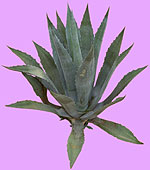 |
| This plant
has a waxy coating on its leaves to reduce water loss. |
Grassland:
 |
| Soft stems enable prairie grasses to bend in the wind. Narrow leaves minimize water loss. Roots extend deep into the ground to absorb as much moisture as they can. |
Tropical Rain Forest:
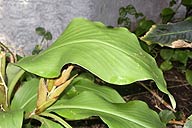 |
| Drip-tips on leaves help shed excess water. |
 |
| Prop roots help support plants in the shallow soil. |
 |
| Some plants collect rainwater into a central reservoir. |
Temperate Rain Forest:
 |
| Epiphytes live on other plants to reach the sunlight. |
 |
| Trees can grow very tall in this very moist environment. |
Temperate Deciduous Forest:
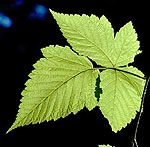 |
| Broad leaves can capture a lot of sunlight for a tree. |
 |
| Many trees have thick bark to protect against the cold winters in the temperate deciduous forest. |
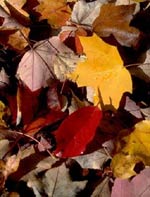 |
| In the autumn, deciduous trees drop their leaves to minimize water loss. |
Taiga:
 |
| Needle-like leaves help reduce water loss and aids in the shedding of snow. |
 |
| The shape of many conifer trees helps shed heavy snow to save branches from breaking. |
Tundra:
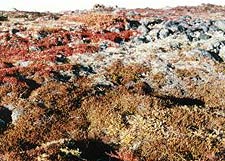 |
| Low-growing helps keep the plants from freezing. |
 |
| This plant grows in a clump to help conserve heat. |
In Water:
 |
| Have air spaces in the stems to help hold the plant up in the water. Leaves that float atop the water, exposing themselves to the sunlight. Upper surface is waxy to repel water. |
 |
| Aquatic plants must be flexible to withstand the pressures of moving water. |
Sing an Adaptation Song!
Play an Adaptation Game!
No comments:
Post a Comment